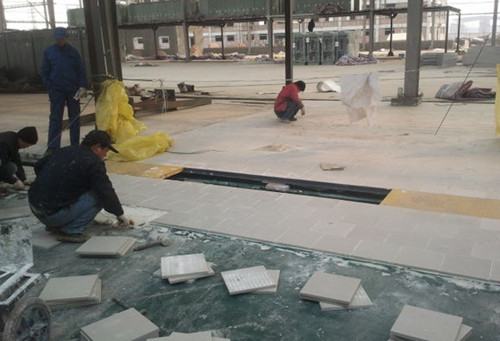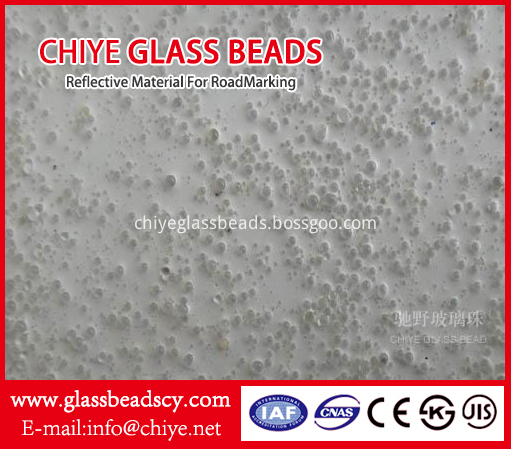Acid-resistant ceramic tiles are not often used in our home improvement products. They are widely used in industrial buildings due to their good acid resistance, corrosion resistance, and oxidation resistance. Next Xiaobian will introduce the properties and construction process of acid-resistant tiles and acid-resistant tiles .
First, what is acid resistant tiles
Obviously, this type of tile can be used in an acidic environment. The main component of the acid-resistant ceramic tile is silicon dioxide, which forms a large amount of mullite under high-temperature roasting, which is a substance with high acid resistance. In addition, because acid-resistant ceramic tiles have a compact structure and a low water absorption rate, they can withstand alkaline media at any concentration at room temperature, but are not resistant to high-temperature molten alkalis.

Second, the performance of acid-resistant tiles
The acid resistance of acid-resistant tiles is invisible from the surface of the tiles, and only after the tiles are tested for acid resistance can one know how they perform. As far as the current acid-resistant tiles are concerned, the porcelain-polished tiles are more resistant to acids than other glazed tiles, and the performance of the antique-faced acid-resistant tiles is better. Acid-resistant tiles are made of feldspar, quartz and clay as the main raw materials and are made by high-temperature oxidation decomposition. They have high resistance to acidity and alkalinity, low water absorption, are not easily contaminated by medium, and are not easily oxidized at room temperature, etc. Acid-resistant ceramic tiles are not hydrofluoric acid. In addition to hot phosphoric acid, it has anti-corrosive effect at normal temperature for any concentration of alkalis.

Third, the construction process of acid-resistant tiles
(1) Before acid-resisting bricks are laid, they should be immersed in water and then air-dried, so as to achieve the effect of external dryness, wetness and water-absorption on the surface, and color selection and use.
(2) Before applying the acid-resistant bricks, pull the crosshairs in the horizontal and vertical directions.
(3) We must pay attention to whether we need to put flowers in the same direction or whether we need to put them in a unified direction. The floor tiles must be accurately cut, and the junctions at the door pockets, cabinet bottoms, etc. must be tight and the gaps must be uniform.
(4) When paving the floor tiles, they should be kept clean and clean (can be cleaned with cotton yarn or sawdust), and clean the cement mortar in the brick joints.

(5) When paving the floor tiles, it is not allowed to trample on foot. After the floor tiles are laid, they shall be sewn cleanly within 24 hours and be maintained.
(6) After the laying of the floor tiles is completed, after the inspection is completed, all the boards shall be covered and protected, and the nails on the cardboard shall be removed. In order to avoid the entry of sundries, cardboard and cardboard must be sealed tightly with sealing glue.
(7) In the case of no drainage or no water storage equipment, water can not be used, and the cardboard used for protective floor tiles can not be soaked to prevent indirect contamination of floor tiles.
(8) Before starting the work, clean the joints, adjust the putty with white cement and talcum powder, and make the joints putty lower than 1mm.
Editor's summary: The performance and construction process of acid-resistant tiles and acid-resistant tiles are introduced here. I hope to be helpful to everyone. If you want to know more about yourself, you can follow the information on this site.
Acid resistant tiles
This kind of glass beads are processed from special glass raw-materials. The refractive index is between 1.57 and 1.60. Its` reflective performance is superior to those glass beads adopted from architectural glass with same roundness and particle size. And the roundness and particle size can be customized according to requirements.
The glass bead can be produced based on the standard of countries or areas, such as EN1423/1424, AASHTO M247, BS6088, JIS R3301 and KS L2521 etc.

S-Brilliance Glass Beads,Screen Materials Glass Beads,Twinkling Glass Beads For Road Safety,Coated Silane Large Glass Beads
CHIYE GLASS BEAD (HEBEI) CO., LTD , https://www.chiyeglassbeads.com